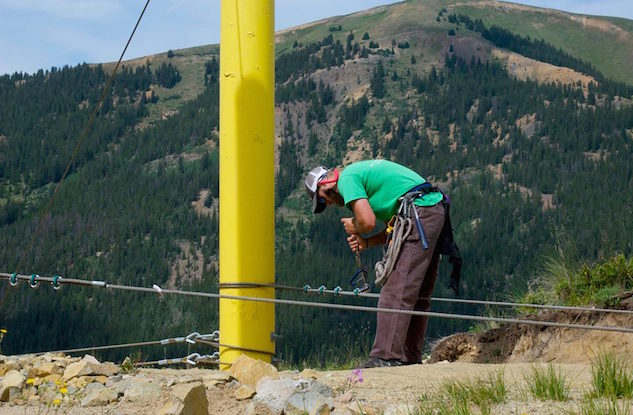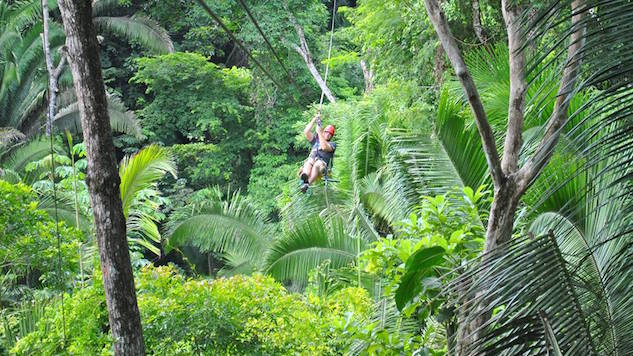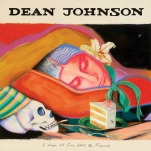The Insider Q&A: Zip Line Constructor Morgan Shepard
Photos courtesy of Adventure Experiences Inc.'s Facebook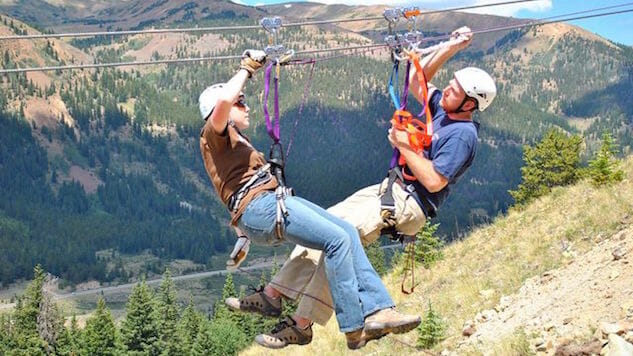
“The Insider” column is a behind-the-curtain, day-in-the-life series about the people who make traveling easier for the rest of us. These industry stalwarts make it possible for us to create our own memories.
![]()

A supervisorand former zip line instructor, Morgan Shepard started his career as a zip line guru at Camp Twin Lakes as one of their rope course facilitators. Shepard worked his way through Historic Banning Mills to land a job at Adventure Experiences Inc., a pioneer company in the industry, as a supervisor who also oversees construction, inspection, and maintenance of zip lines and rope courses stretching from the US to Belize and Hong Kong.
Historic Banning Mills is located in Georgia’s only gorge on Snake Creek in Carroll County. The area was originally home to the Cherokee and Creek Nations. Banning Mills holds Guinness World Records for the longest zip line canopy tour, Screaming Eagle, and the tallest freestanding artificial climbing wall measuring over 130 feet in Whitesburg, Ga.
Paste Travel How did you get involved with zip-lining, from instructor to constructor?
Morgan Shepard I got started in this industry by accident. I returned home after my freshman year of college and sat down for a chat with my mom. I said, “Mom, I’m tired of working in the restaurant industry, I wanna do something else.” She replied, “Why don’t you go apply at that kid’s camp down the road and see if you like doing that.” The only opening they had was for their outdoor adventure staff. I decided to take the job and with that, I got trained by a company called Signature Research to operate their zip line and ropes course. As soon as I got back, I started to talking to a guy about jobs, and he said he worked at this place called Historic Banning Mills, where they had zip lines and ropes course stuff just like I worked at the past summer.
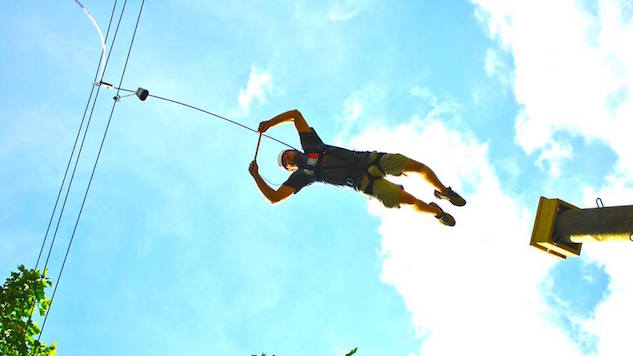
I started working for banning mills as a sophomore in college as a zip line tour guide and a team building facilitator. I ended up working for them during my entirety of being a college student. When I graduated they told me that they would be willing to hire me on as one of their construction personnel. I accepted the job and for two years I inspected and built new lines for them on their premises. During this time I studied and got my level one and two certifications for building and inspecting ropes courses and zip lines. During the last year of employment with them, I built an entirely new course at the Creation Museum in Kentucky and worked on building Banning Mills the Guinness World Record for the longest continuous zip line course in the world. After doing this line of work, I decided to look else where to gather more expertise in the field of challenge course construction.
I found Adventure Experiences Inc. based out of Texas who did this line of work all over the world. I got hired on by them as a builder, and after two years of supervision, I finally gained the trust to be a foreman to head these jobs up alone.
PT Are certificates needed for each level of zip line instruction and construction? What are they? And why are they needed?
Morgan Shepard To be a basic zip line instructor, you must pass a general safety and knowledge test/exam to determine if you are a competent person in the skills of outdoor recreation activities. Construction is a whole new world compared to facilitating it. Different levels of construction knowledge are required along with continuing education units are needed to be certified in building the zip lines, and ropes course adventure parks as we provide for the public, such as an OSHA safety certificate and a Crosby rigging certificate. Certificates are not necessarily needed to land a job in this industry, but if you want to start out as being a respectable person, showing that you know the standards/rules and vernacular of the industry, really puts you in a prominent position over newcomers.
-

-

-

-

-

-

-

-

-

-

-

-

-

-

-

-

-

-

-

-

-

-

-

-

-

-

-

-

-

-

-

-

-

-

-

-

-

-

-

-


